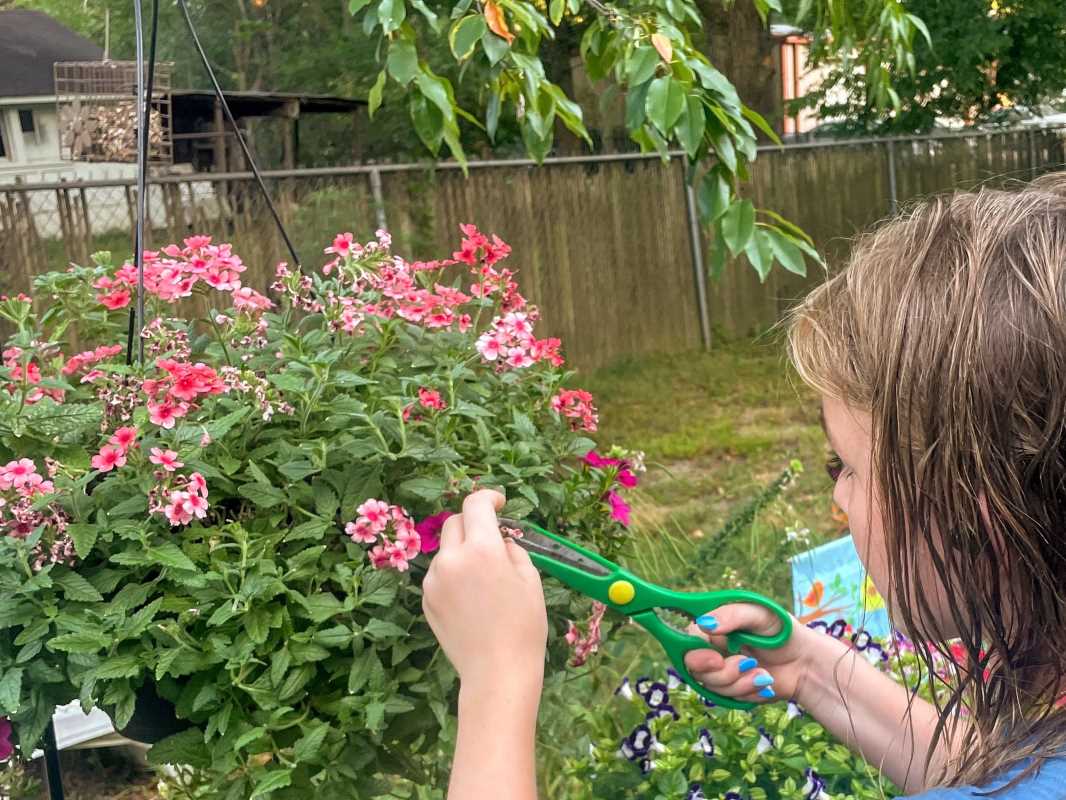Few experiences are as rewarding as watching your child get lost in the pages of a book they can't put down. But in an age where screens dominate downtime, getting kids to choose a novel over Netflix can feel like an uphill battle. Fortunately, fostering a love for reading isn’t about forcing books on them or setting strict rules. It’s about creating a culture of curiosity, joy, and discovery that draws them to the written word.
If you’re a young professional thinking ahead to the kind of environment you want to cultivate for your children, or maybe someone already navigating this challenge with little ones at home, this article will give you practical, effective ways to make reading an exciting and lasting part of their lives.
Why Early Reading Habits Matter
Before we talk “how,” it’s important to understand “why.” Reading isn’t just a skill; it’s a gateway to countless benefits. Studies show that children who read regularly from a young age develop stronger vocabularies, better emotional intelligence, improved problem-solving skills, and even higher levels of empathy. Beyond academics, books introduce kids to new perspectives, cultural awareness, and a sense of wonder about the world.
But here’s the catch—is it possible to “make” someone love reading? Not really. Like any passion, that spark has to come naturally. What we can do, however, is create the right conditions for that love to develop and, hopefully, stick around for life.
Start with Stories, Not Books
If your mind immediately goes to novels and textbooks when you think of “reading,” it’s time to shift perspective. Kids are naturally attracted to stories. Fairy tales, bedtime adventures, tall tales—even the funny recounting of something silly that happened earlier in the day. Storytelling is one of the most human acts, and it lives everywhere.
To start encouraging your child’s interest in reading, lean into their fondness for stories. Watch how their eyes widen when you tell them about a mischievous rabbit trying to steal some carrots, or how they giggle at a giant ogre who’s afraid of the dark. From there, bridge the gap between spoken and written stories by introducing picture books that are charming, colorful, and engaging enough to hold their attention.
The idea here isn’t to jump straight into getting them to read on their own, but rather to connect books with positive emotions early on.
Build a Home Where Books Live
Kids take cues from their environment. If your house is brimming with books, reading will naturally feel like a comfortable and familiar part of life. On the flip side, if the only visual entertainment they encounter at home comes from a TV or a tablet, books might feel foreign or even intimidating.
Here are a few simple ways to make books feel like a normal, natural part of your household:
- Create a Reading Nook: Dedicate a small corner with cozy pillows, a soft blanket, and a basket of age-appropriate books. The more inviting, the better!
- Regular Library Trips: A visit to the library can feel like an adventure. Teach your child how to browse shelves and pick their own books.
- Keep Books Accessible: Place bookshelves or bins at your child’s eye level. This small adjustment makes books more physically and mentally approachable.
- Lead by Example: Children mimic what they see. If they catch you reading regularly, they’re more likely to develop similar habits without you having to push them.
Don’t Be a Genre Snob
One of the fastest ways to kill a kid’s enthusiasm for reading is by forcing them to read books they aren’t excited about. Not every child will naturally gravitate to literary classics or the types of books adults think of as “important.” And that’s okay. The key is to respect their interests, even if they’re not the same as yours.
Whether it’s comic books, joke books, or even video game manuals, any type of reading is valuable. These forms often act as entry points, showing kids that reading can be fun and aligned with their personality. Over time, their tastes may expand to include a broader range of literature, but it all starts with letting them choose what speaks to them now.
Harness the Power of Routine
The truth is that good habits are built with consistent effort, and the same applies to reading. Integrating reading into your child’s daily routine helps make it second nature rather than a chore.
Bedtime is a perfect opportunity for this. Establishing a nightly ritual of stories not only improves sleep patterns but also creates a positive, comforting association with books. For younger kids, it’s a chance to bond. For older kids learning to read more independently, it’s a great way for them to unwind and escape into a fictional world before bed.
Another effective option is to use natural pauses during the day—like after-school downtime or a lazy Saturday morning—as windows for reading. Keep it casual, relaxed, and stress-free.
Reading Together Doesn't Have to End Once They Can Read
For many parents, bedtime stories stop once their child learns to read on their own, but it doesn’t have to be that way. Sharing books isn’t just about teaching them how to decode words; it’s about enjoying stories together, regardless of their age.
For older kids, consider family read-alouds or even alternating chapters where one person reads out loud and the other listens. You can also encourage discussions about a book you’re both exploring, whether it’s a fantasy novel, a historical book, or even a gripping mystery. This not only reinforces the reading habit but also strengthens your bond as they see you as both a guide and a teammate.
Celebrate the Wins
If your child finally finishes a book they’d been at for weeks, celebrate it! If they discover a new favorite genre, get excited with them. Your enthusiasm can fuel their confidence and make them feel proud of their efforts.
This doesn’t mean you need to throw a full-blown party every time they read a chapter—but small acts of encouragement, like saying “I’m proud of you for exploring something new,” can go a long way.
Some fun ways to reward reading milestones include letting them pick the next book you buy or creating a sticker chart for each finished story. For older kids, privileges like choosing a family movie or earning extra time for their favorite hobby can work as great motivators.
Technology Can Be a Friend (in Moderation)
When we think about encouraging reading, it’s easy to label screens as the enemy. The reality, however, is that technology can actually be a helpful tool—as long as we control how it’s used.
Many e-readers and reading apps offer features like built-in dictionaries and read-along functions that enhance comprehension and learning. Audiobooks are another fantastic option, especially for kids who learn better through hearing rather than reading.
Just remember that the key to balancing technology and traditional books lies in moderation. Don’t throw the Kindles out with the iPad, but don’t forget the joy of physical books either.
Foster a Sense of Community
Sometimes, all it takes for a child to enjoy books is seeing that it’s something their peers enjoy too. Organizing or joining a kid-friendly book club can help your child connect with other readers, making it feel more like a shared activity than a solitary one.
Alternatively, participate in local library events, like storytelling sessions or summer reading challenges. These activities can spark excitement and give your child additional reasons to associate books with fun.
Planting the Seeds of a Lifelong Passion
Ultimately, encouraging a lifelong love for reading in your kids isn’t about forcing it. Instead, it’s about planting seeds at the right time, creating a supportive environment, and allowing their interest to bloom naturally.
By focusing on positivity, curiosity, and shared experiences, you can help your child discover the unique magic that only books can offer. And unlike fleeting fads or hobbies, this is a love that could enrich their lives for many years to come.
Happy reading (and parenting)!
 (Image via
(Image via





 (1).jpg)